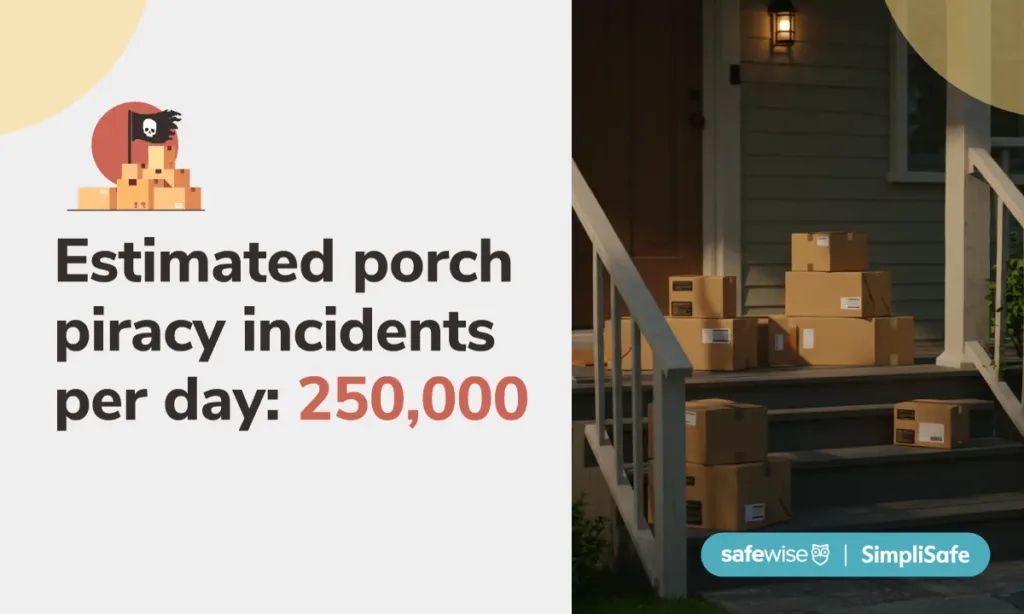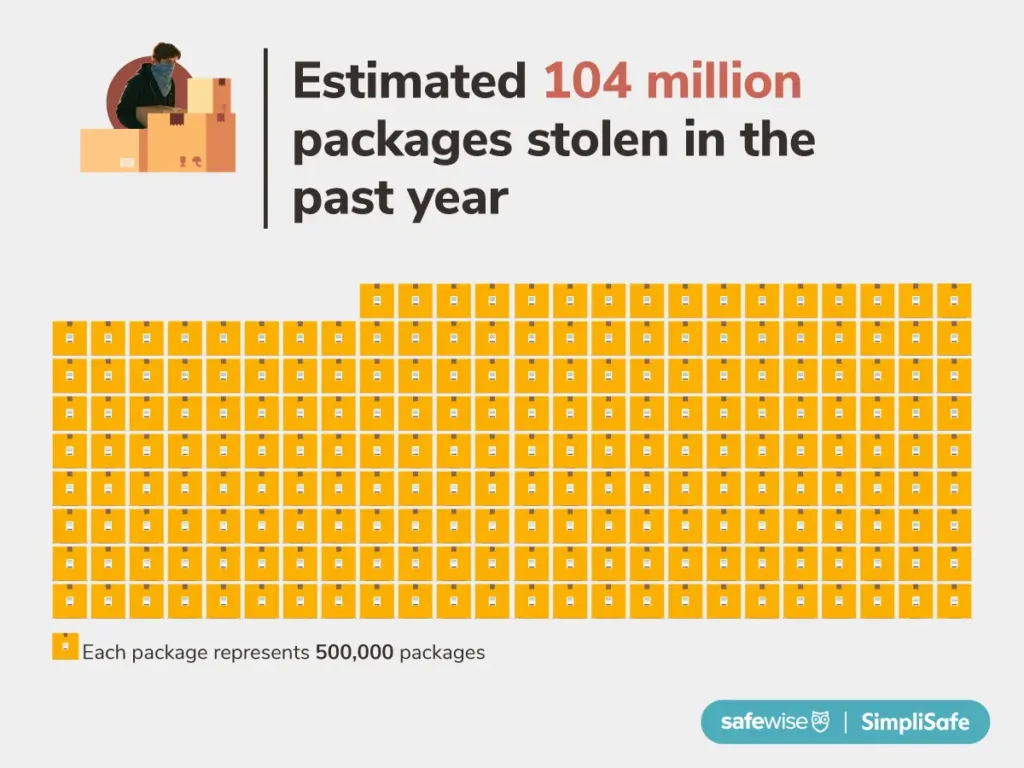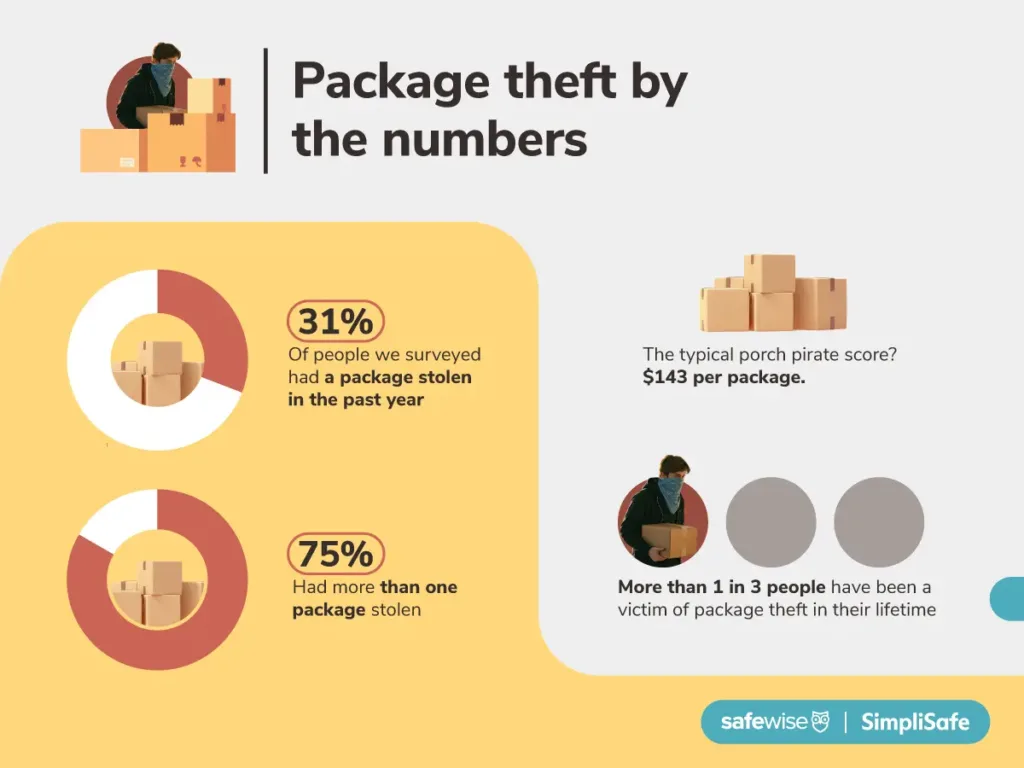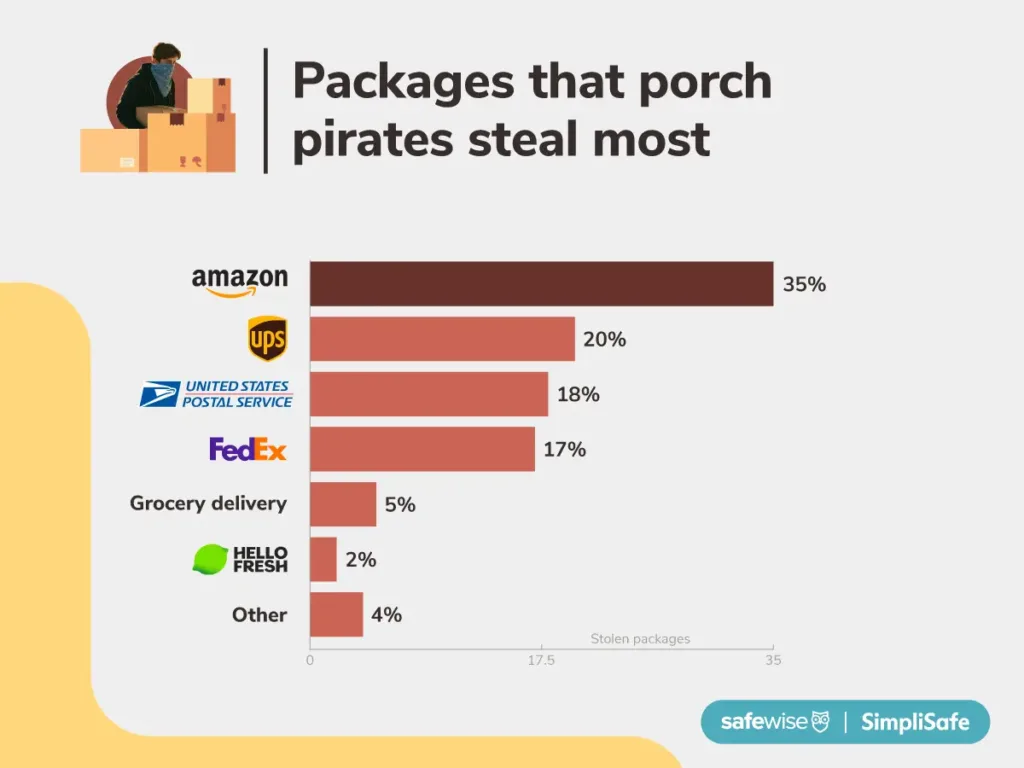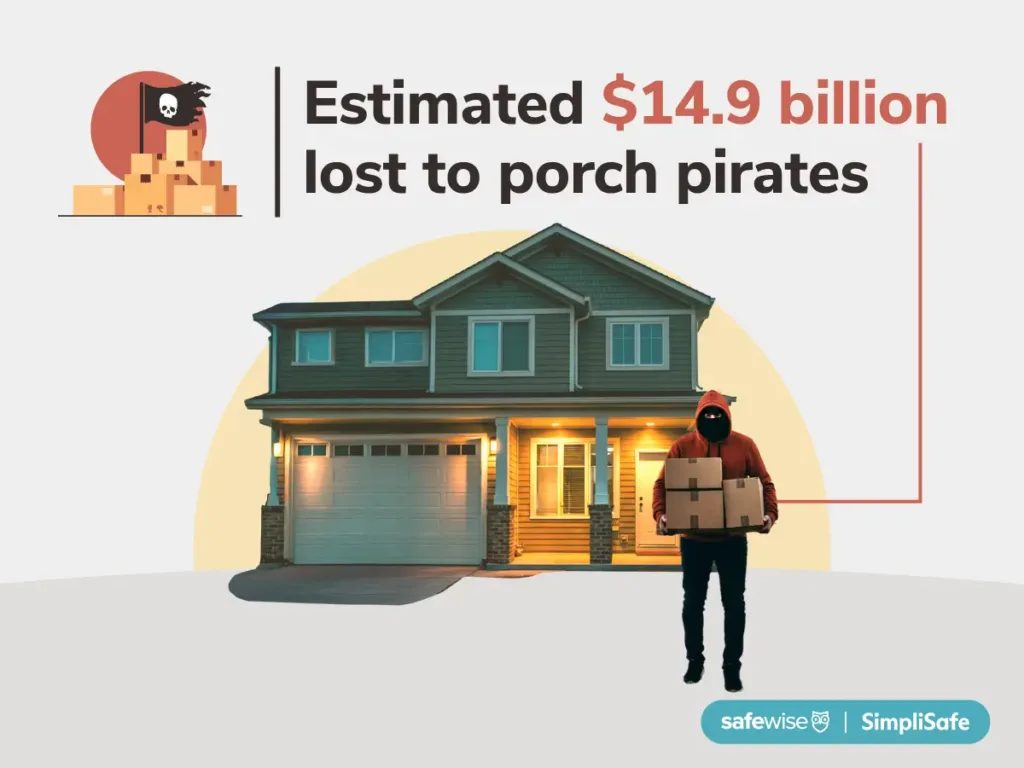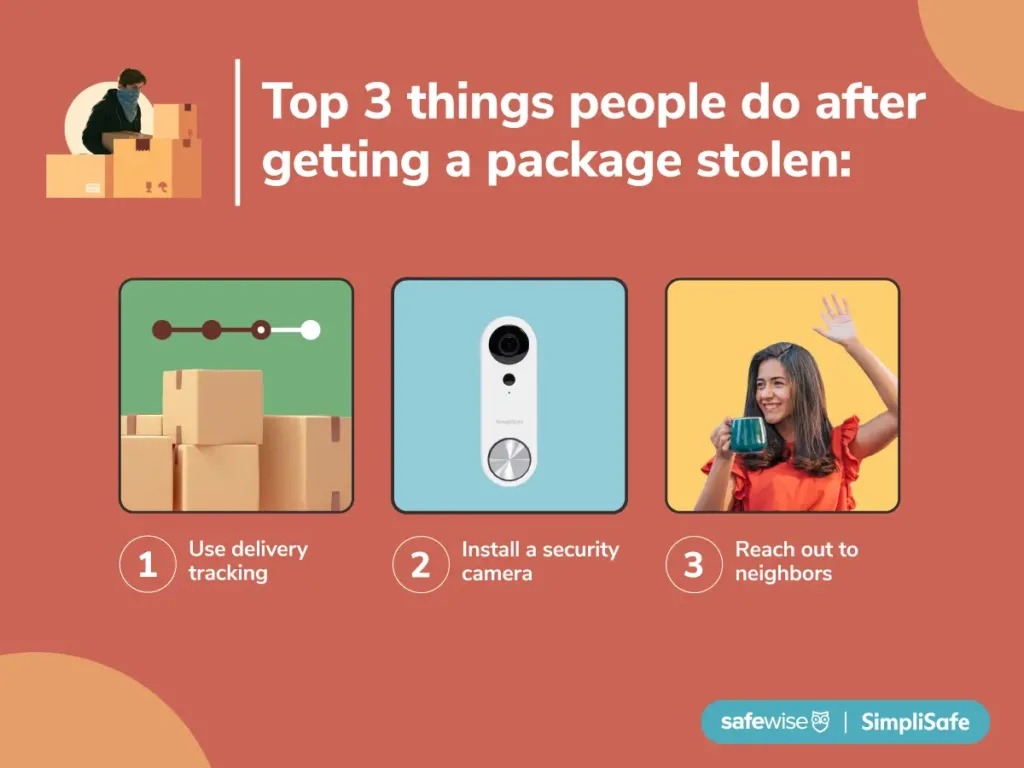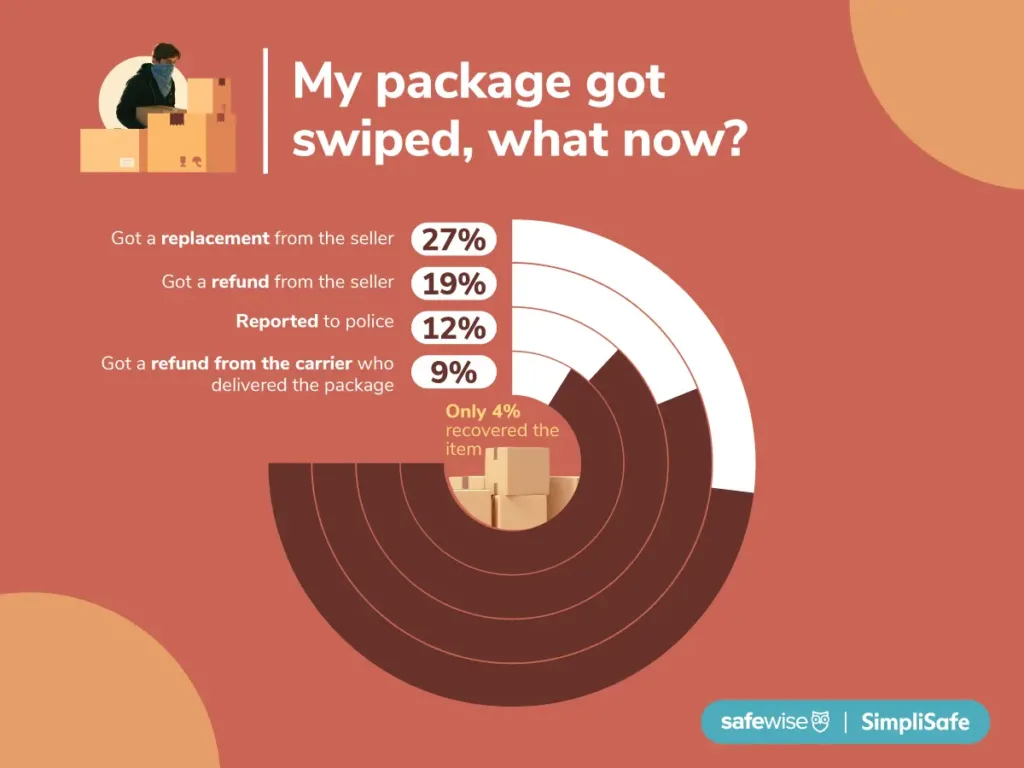Dr. Ben Stickle
Criminologist & National Expert on Package Theft
Dr. Ben Stickle is the leading expert on package theft and other emerging crimes. He's a criminal justice professor, a former police officer, and a trusted advisor for SafeWise. Since 2020, Dr. Stickle has helped SafeWise delve into the crime of package theft, analyze and refine its data and research, and identify porch pirate behaviors, enabling SafeWise to offer the most effective strategies to help people protect their deliveries.
Dr. Stickle’s work has been featured in The New York Times, Good Morning America, NBC News, and other prominent media and academic outlets. Most recently, he worked with the USPS Office of the Inspector General on a white paper about package theft, sharing SafeWise data to help paint the national picture of this crime of opportunity.
Larry Fox
CEO & Founder, ZFLO Technologies
Larry Fox is the founder and CEO of ZFLO Technologies, the company behind ZacTrack — an innovative system that brings real accountability to the delivery process. With deep experience in logistics and a sharp eye for how technology can solve real-world problems, Larry has been a driving force in making packages harder for porch pirates to target.
He works closely with retailers, carriers, and communities to create smarter, more secure delivery systems, and he’s a leading voice on how innovation can help close the gaps that thieves exploit.
Daniel Delgado
Data Analyst
Danny Delgado, a seasoned Data Analyst since 2014 and now with Clearlink Technologies, joined the SafeWise team in 2023. He is at the helm of SafeWise's latest Package Theft and Safest Cities reports, bringing extensive experience in data analytics, market research, and process automation to this role.
His expertise in tools like AWS Athena, Amazon Redshift, and R — alongside PowerBI and Tableau — enables him to deliver actionable intelligence, making complex data accessible for strategic decisions and security insights.
Rebecca Edwards
Lead Reporter & Spokesperson, SafeWise Porch Pirate Campaign
Rebecca Edwards has led the SafeWise Porch Pirate Report since its launch in 2018, helping to shape it into one of the most trusted resources on package theft in the U.S. With more than 30 years of journalism experience, she blends data analysis, investigative reporting, and storytelling to turn complex crime trends into actionable insights for everyday people.
Rebecca plays an active role in survey development and data analysis, ensuring each year’s report reveals meaningful trends and solutions. As SafeWise’s spokesperson, she shares these findings through dozens of broadcast, radio, print, and podcast interviews each year — including appearances in The New York Times, PBS NewsHour, and The Today Show. Since joining SafeWise in 2013, she’s helped shape the company’s data research arm and its mission to make communities safer through smart, accessible information.

